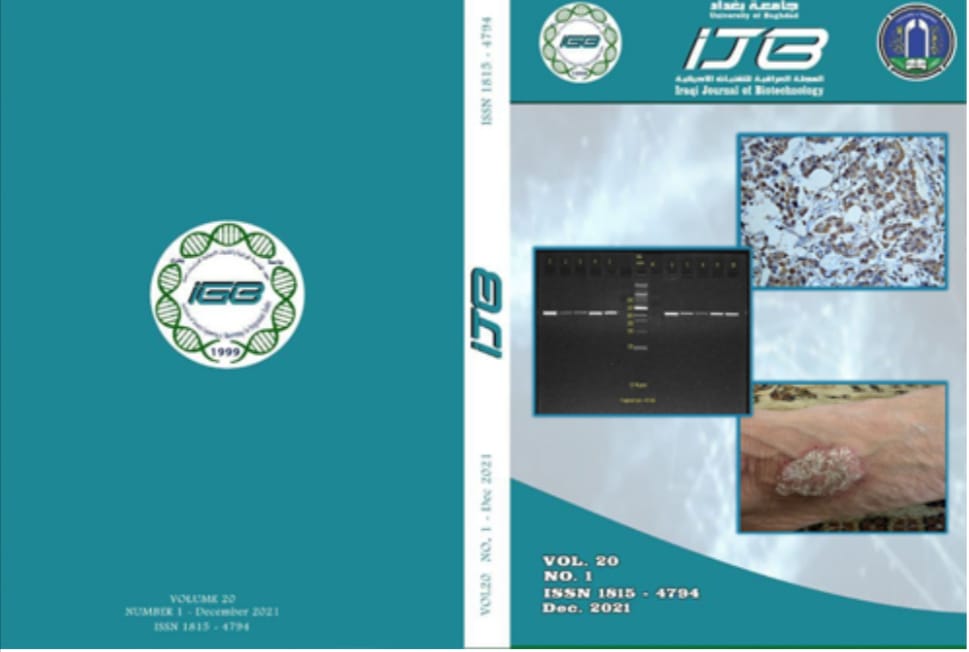Autolysis Activity of Vancomycin Resistance Staphylococcus epidermidis
Abstract
Out of one hundred clinical samples were taken from different sources which include burns, blood cultures, wounds and nasal swabs infections ; 90 isolates developed growth on mannitol salt agar. Among these, 40 (44.4%) were Coagulase positive (Staphylococcus aureus) isolates, 50 (55.5%) belong to coagulase negative staphylococci in which Staphylococcus epidermidis isolates were 30(60%).The effect of vancomycin resistant on cell autolysis activity of S. epidermidis was detected by whole cell autolytic assay . Three isolates of S. epidermidis ,vancomycin sensitive (VSSE),vancomycin resistance (VRSE) and vancomycin intermediate (VISE) were tested. The results revealed that was significant difference among three isolates , the VSSE isolate (S.epidermidis NO. 22) have the highest autolytic activity in the presence of antibiotic , followed by the VRSE isolate (S. epidermidis NO.1) and the VISE isolate (S. epidermidis NO.14) which was the lowest autolytic activity with the presence of antibiotic. The result of transmission electron microscope (TEM) showed that the VRSE isolates (S.epidermidis NO. 1) have thicker cell wall followed by VISE (S.epidermidis NO. 14) isolates .However , the VSSE (S.epidermidis NO. 22) didn't showed any cell wall thickening.


